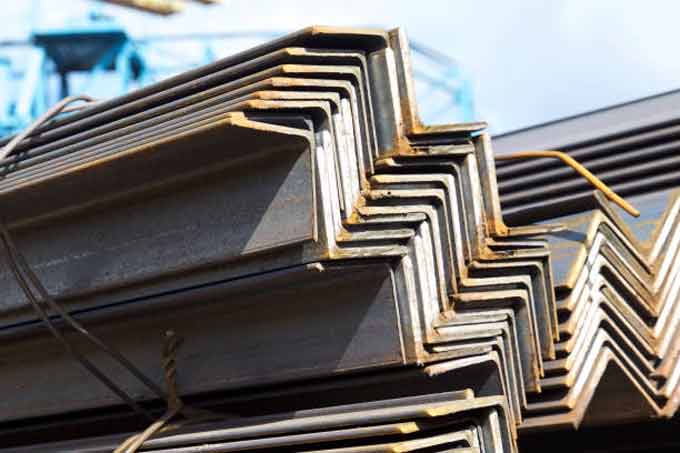Sheet piles are a construction material that can help ensure the stability of structures in challenging environments. They are often used to construct cofferdams and retaining walls in civil engineering projects.

Vibratory hammers are typically used to install the piles, but an impact hammer can also be used when soils are hard or dense. They can also be pressed into place using hydraulics for sites where noise hindrance and vibration are issues.
Strong and Durable
Sheet piles are designed to be incredibly strong and durable, making them an excellent option for projects that require heavy loads or long-term support. They are also extremely versatile and can be used in a wide range of applications.
Piles can be installed using a variety of methods, depending on the project and the soil conditions. The most common method is to use a vibratory or impact hammer to drive them into the ground. However, they can also be pressed into place, which is often more suitable for locations where noise hindrance and vibration are a concern.
Piles can be constructed as temporary walls to prevent cave-ins during construction in confined spaces, or they can be made into permanent structures. They can also be used to construct cofferdams, seawalls, and bulkheads.
Versatile
Sheet piles can be constructed from different materials to suit a variety of projects. Steel is the most common material, but vinyl and wood are also used at times.
The interlocking nature of sheet pile Malaysia creates a powerful barrier that resists water pressure. This makes them ideal for flood protection systems, as they can redirect and contain the floodwaters to prevent damage to infrastructure and buildings.
They are also well-suited for use in rocky soils and have an impressive service life above and below the waterline. They can be installed with either a vibratory hammer or an impact hammer, depending on the site conditions. They can even be pushed into place with hydraulics if vibrations are prohibited. This versatility makes them a perfect choice for temporary structures that can be removed when their job is finished.
Environmentally Friendly
Sheet piles are environmentally friendly and sustainable compared to other construction solutions. The steel they are made from is never consumed, but rather continuously transformed through the production process to yield new materials which can be reused for different applications. This reduces the medium/long term pressure on natural resources.
In addition, the installation of sheet pile walls does not require vibration hammers that disturb the surrounding environment and cause noise pollution. Instead, the sheets can be ‘pressed in’ using hydraulics, eliminating this hindrance to a project in sensitive areas.
Moreover, the low displacement of piling walls leaves the ground almost intact following their removal. This allows for the quick re-establishment of a site and minimizes impact on adjacent buildings. This is particularly beneficial in urban construction projects.
Cost-Effective
Sheet piles are often a more cost-effective construction solution than concrete retaining walls. They are able to support heavy loads without needing expensive reinforced concrete. Furthermore, they can be installed quickly and efficiently as a temporary structure in a wide variety of scenarios such as:
When piles are driven into granular soil, they usually displace and compact the surrounding mass. This feature, known as “setup”, leads to significant capacity savings that are commonly incorporated into foundation design calculations.
Additionally, sheet piles are a great option for constructing cofferdams which allow for construction to take place in dry conditions by creating a watertight enclosure around the work area. Purchasing sheet piles is also more cost-effective than renting them as one-time purchase eliminates issues with fluctuating market prices which may negatively impact project proposals.
Easy to Install
Sheet piles are easier to install than other forms of piling. Their narrow profiles mean they can be inserted into the ground at even tight corners without having to excavate. This makes them ideal for projects where access is restricted or where a wall’s structural integrity needs to be preserved.
They can also be driven to a specific depth using various methods, including pitching and panel driving. However, they tend to lean in the direction they are driven unless their positioning is carefully controlled. This can be corrected by drilling, jetting or pre-auguring the ground along the pile line.
Conclusion:
In flood prone areas, sheet piles can be used to create barrier walls to redirect or contain water flow during high-water events. They are also often used in the construction of waterfront structures such as docks, piers and quay walls to provide support and stability.
